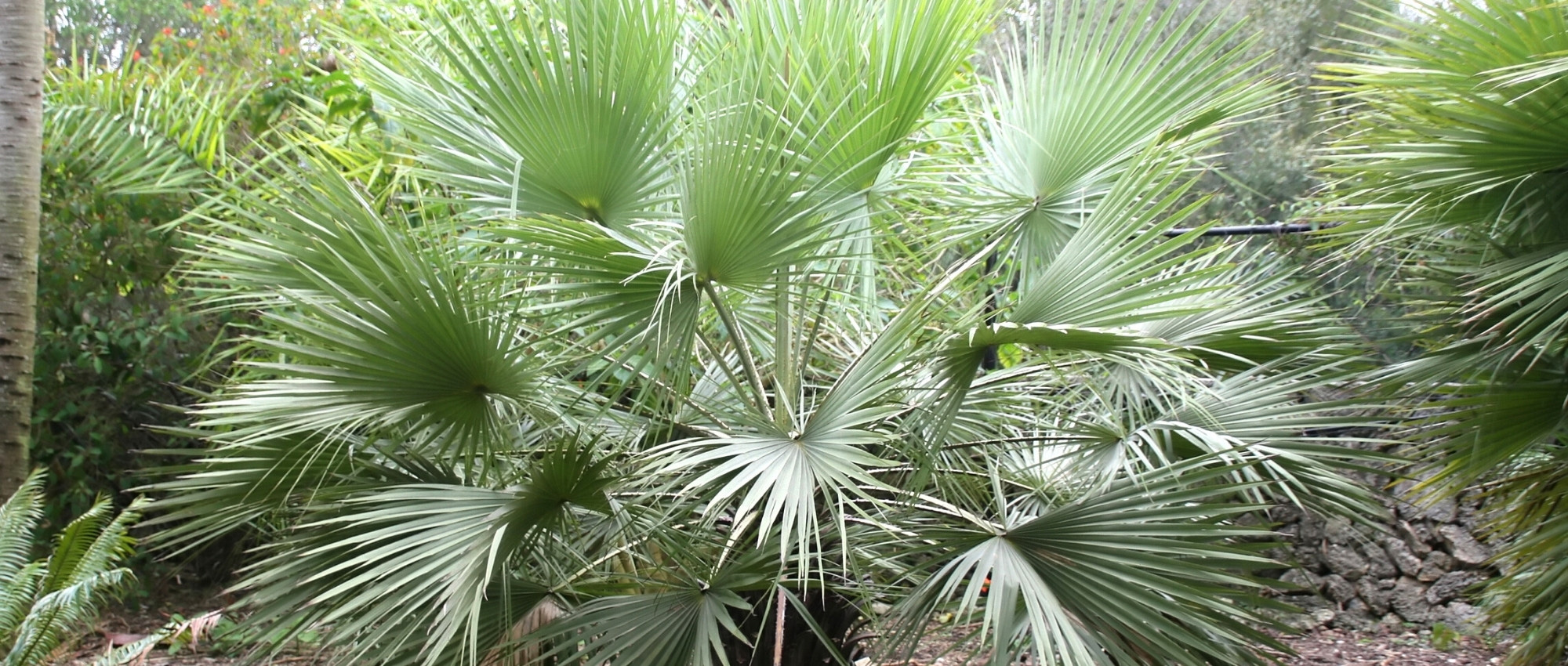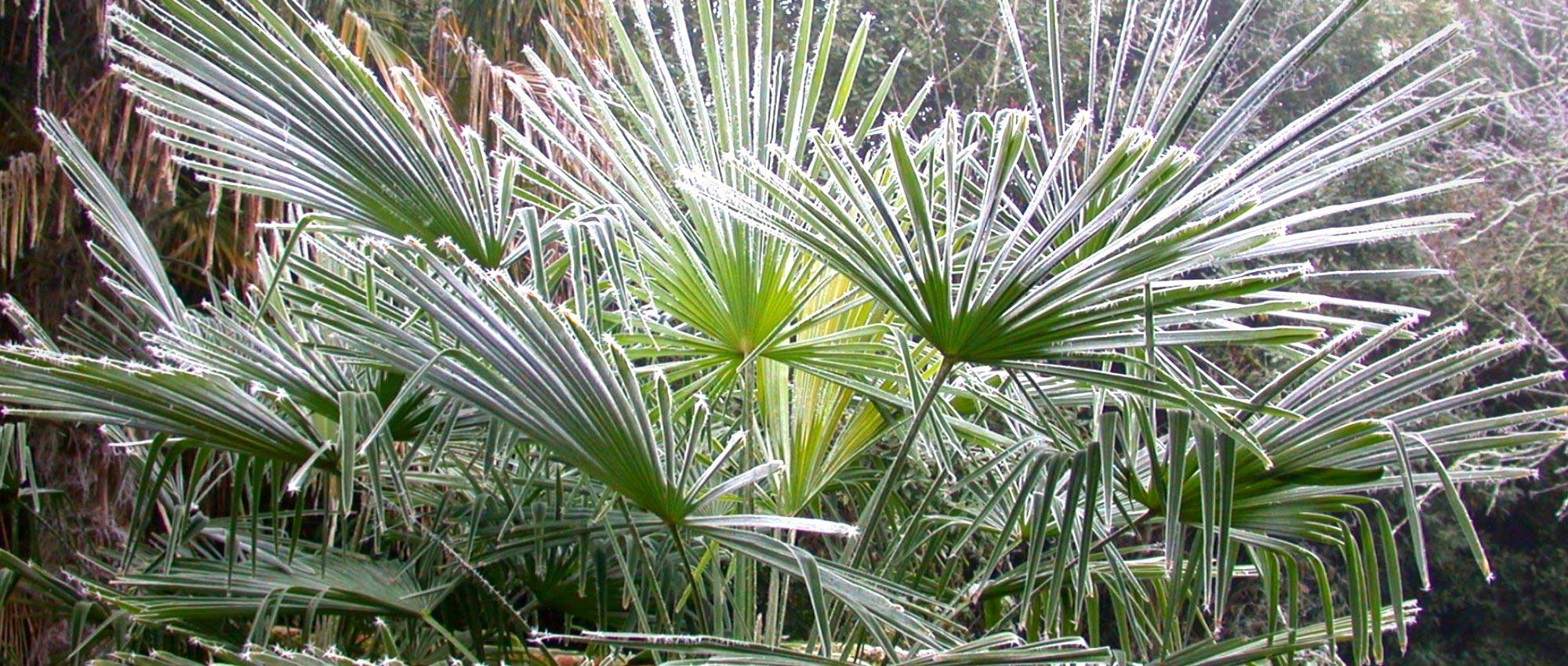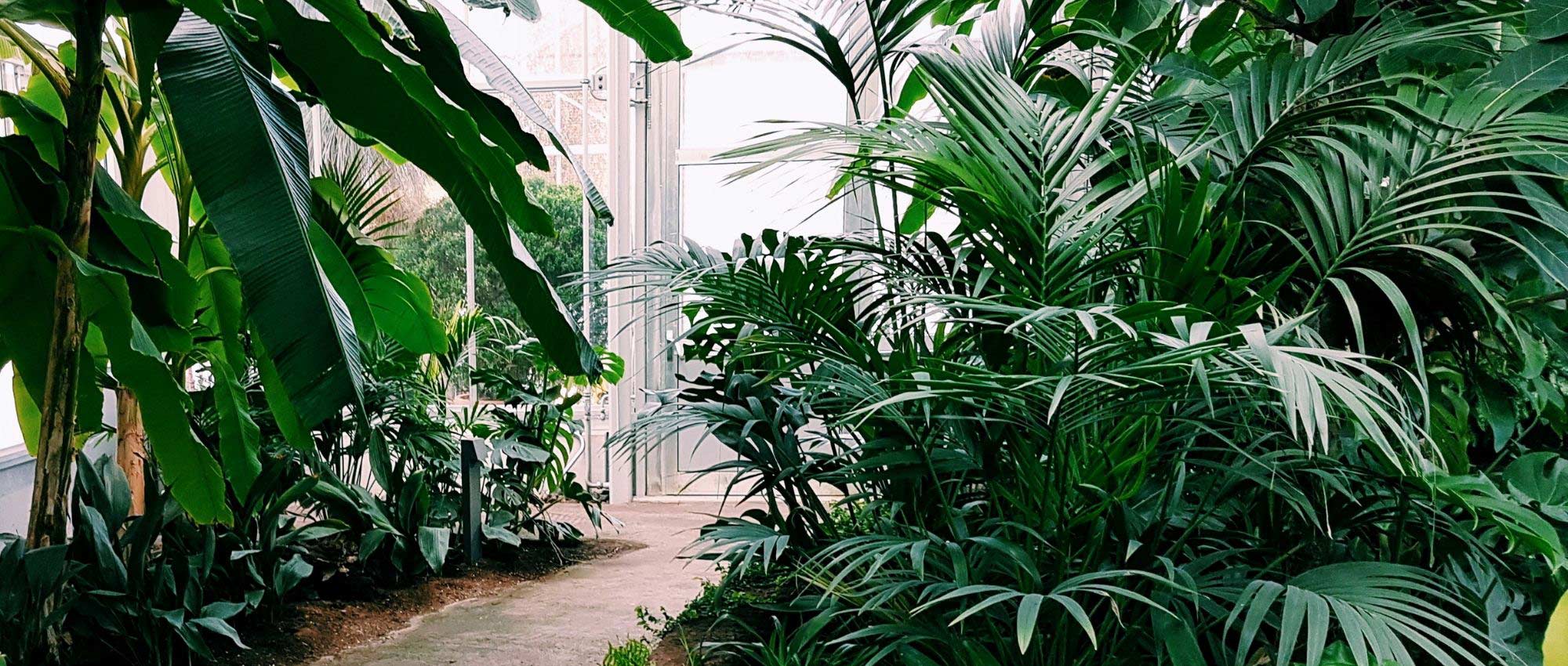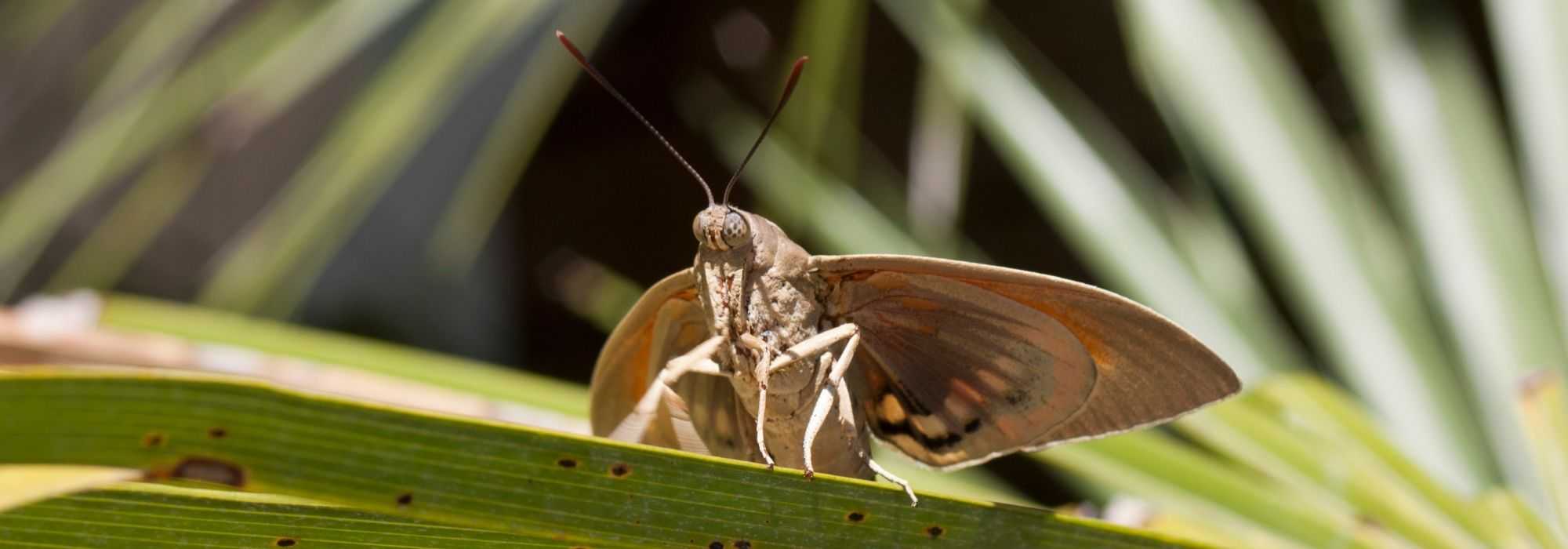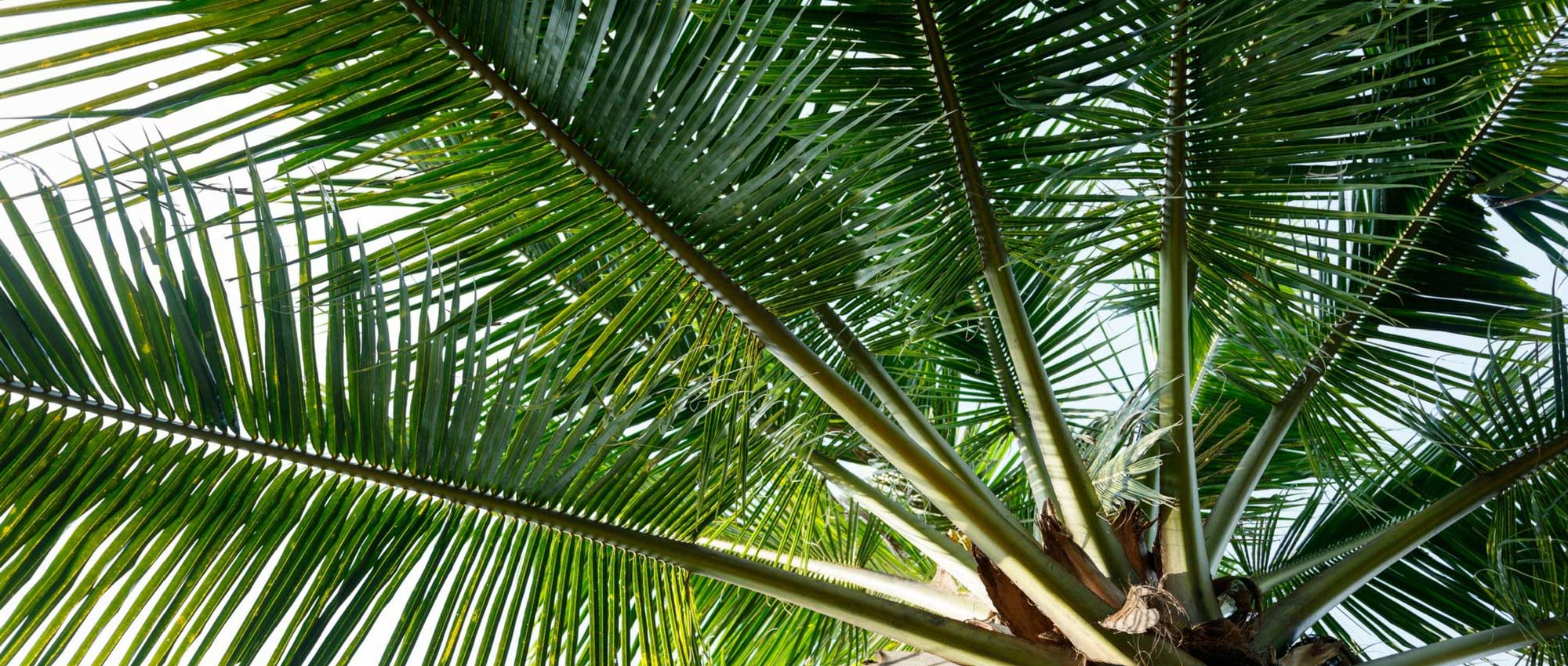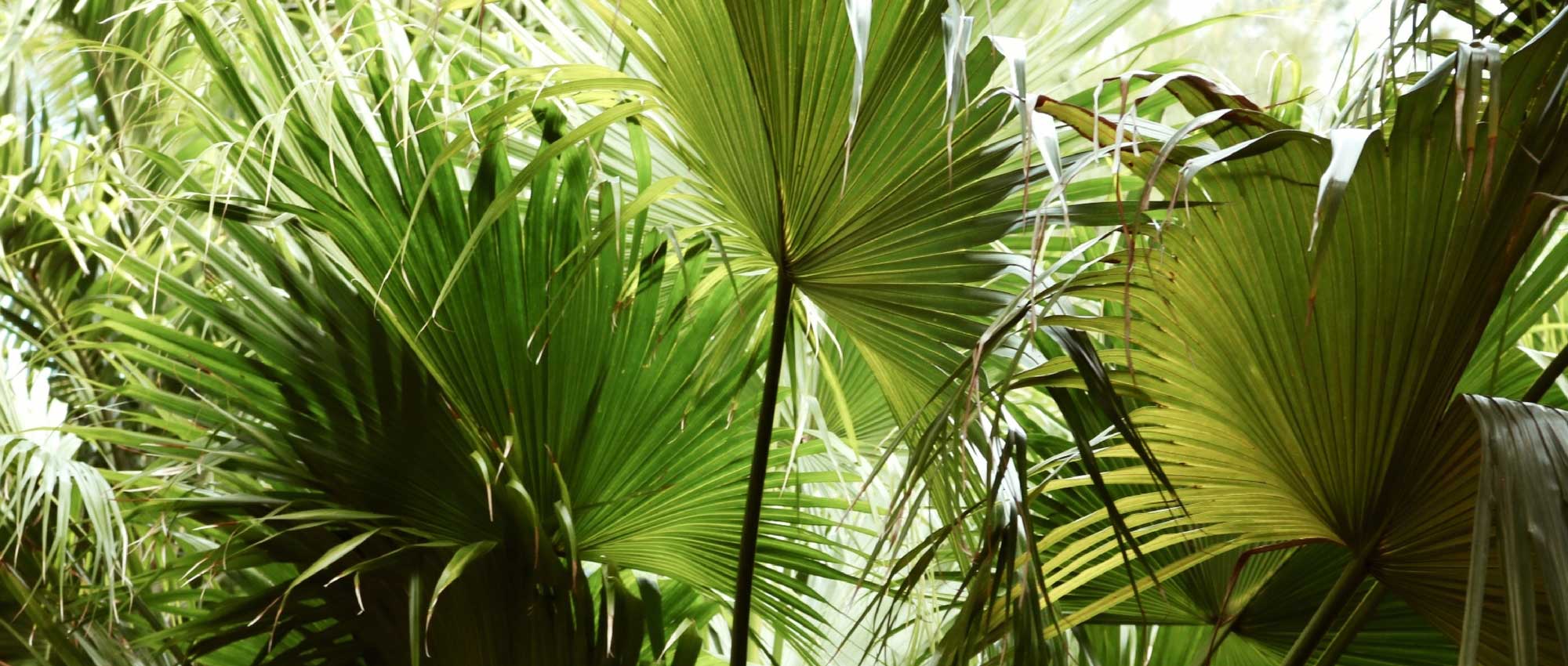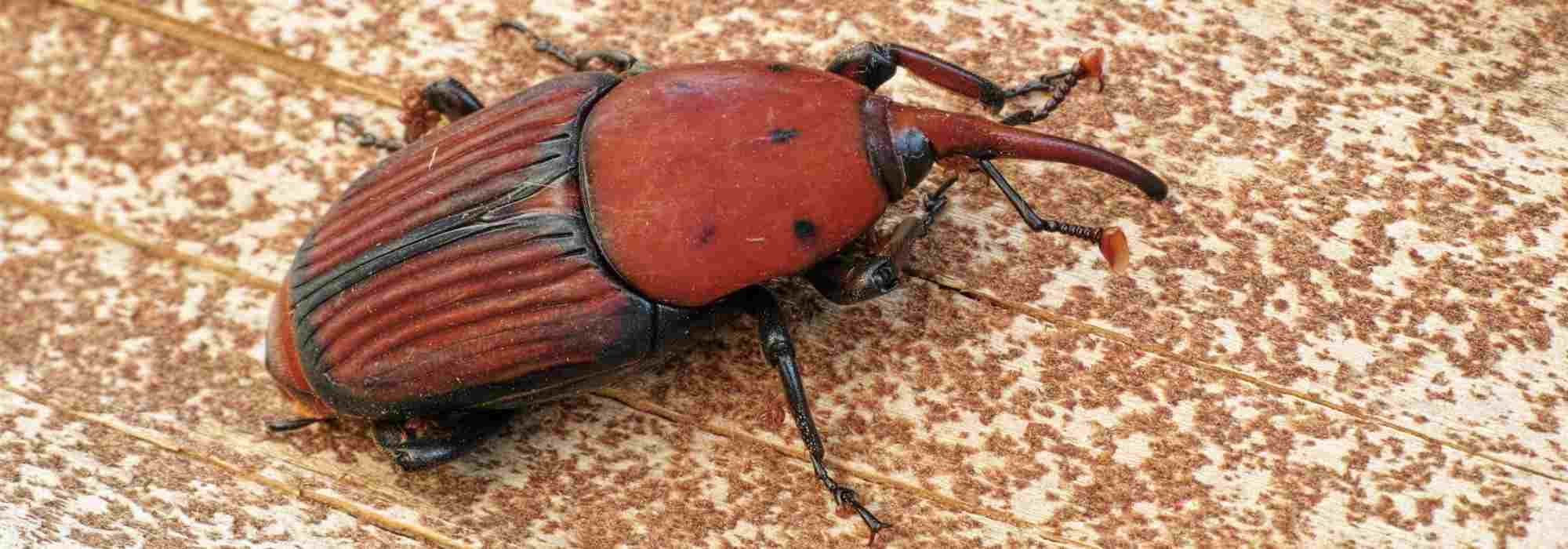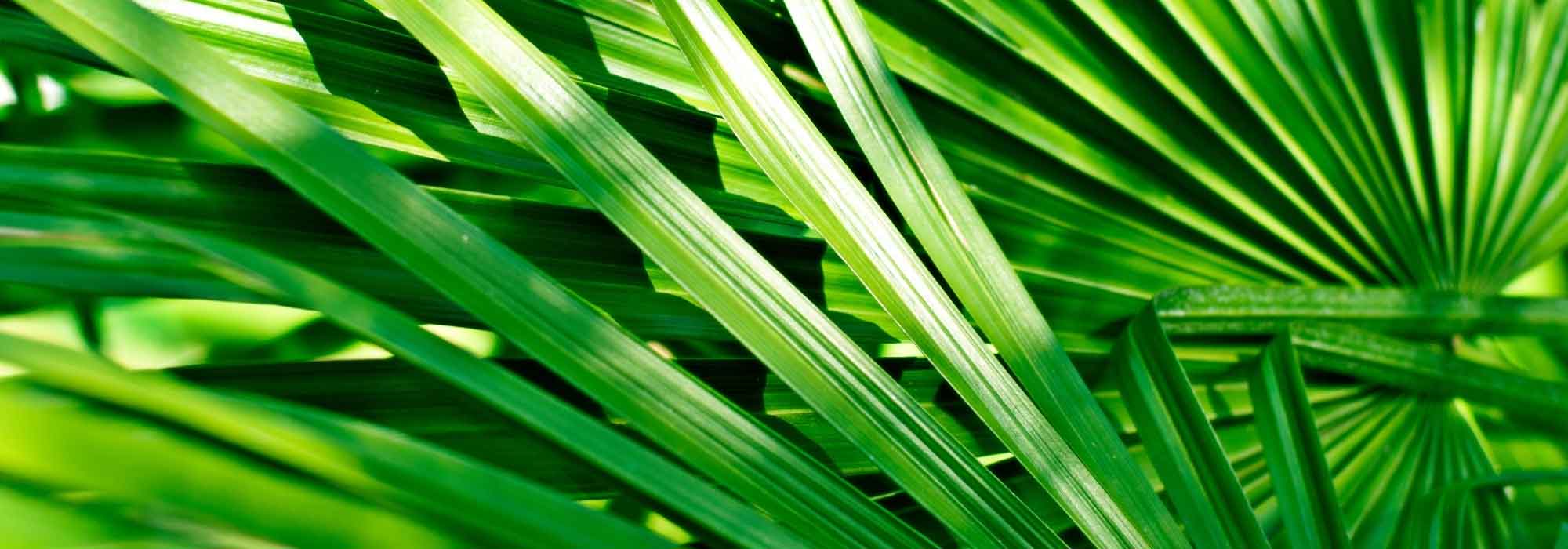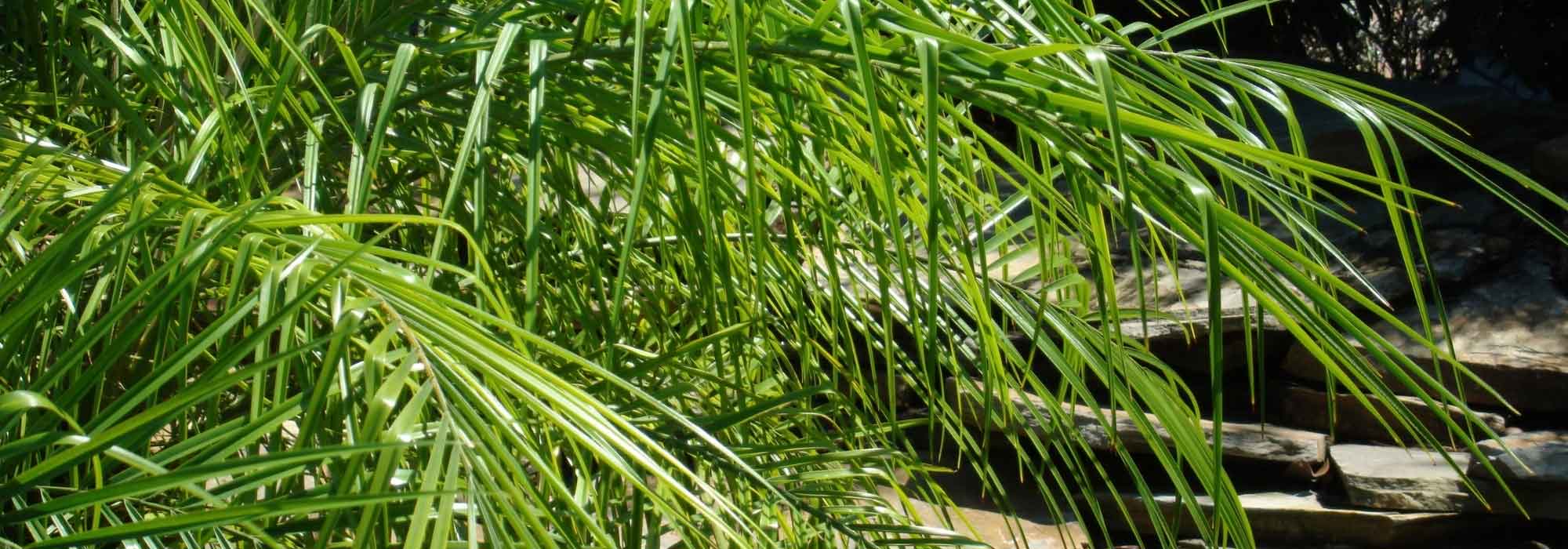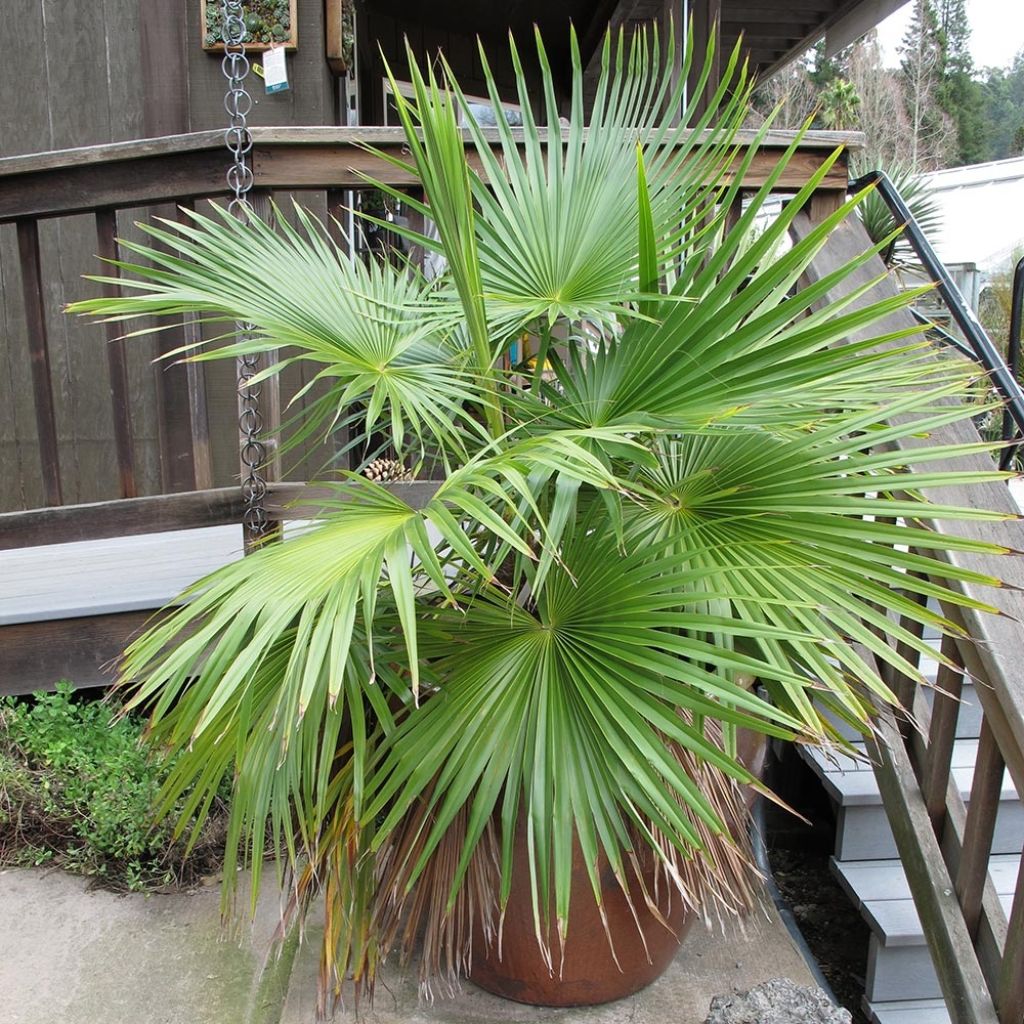

Brahea calcarea - Palm
Brahea calcarea - Palm
Brahea calcarea
Special offer!
Receive a €20 voucher for any order over €90 (excluding delivery costs, credit notes, and plastic-free options)!
1- Add your favorite plants to your cart.
2- Once you have reached €90, confirm your order (you can even choose the delivery date!).
3- As soon as your order is shipped, you will receive an email containing your voucher code, valid for 3 months (90 days).
Your voucher is unique and can only be used once, for any order with a minimum value of €20, excluding delivery costs.
Can be combined with other current offers, non-divisible and non-refundable.
This plant carries a 24 months recovery warranty
More information
We guarantee the quality of our plants for a full growing cycle, and will replace at our expense any plant that fails to recover under normal climatic and planting conditions.
Does this plant fit my garden?
Set up your Plantfit profile →
Description
Brahea calcarea (synonym nitida), very rare in gardens, is a palm tree very close to the B. armata, also known as the Mexican Blue Palm. Perhaps a little duller than its cousin due to its less blue foliage, it is also less spiny and slightly less hardy, but shows a more slender habit and above all a faster growth. It will be appreciated for its beautiful crown of fan-shaped leaves with metallic reflections carried like a bouquet at the top of an elegant trunk, as well as for its spectacular inflorescences. This plant, extremely graphic and very bright in the sun, does not leave one indifferent. It is a sun-loving species that thrives in dry soils, resistant to wind, and particularly at ease in our not too harsh Mediterranean regions.
Brahea calcarea (nitida) belongs to the Arecaceae family. It is native to western and southern Mexico as well as Guatemala where it has become rare. It is found spontaneously growing on limestone hills and mountains, up to 1500m (4921ft 4in) altitude. An adult specimen can withstand short frosts of around -8°C (17.6 °F). This palm tree, which can reach a height of 10 to 14m (32ft 10in to 45ft 11in), is carried by a single false trunk (stipe), quite thick, sometimes reaching 30cm (11.8in) in diameter, covered with light brown fibres, bearing the remains of old dried leaves. Its foliage, arranged in a terminal crown, will not exceed 3.50m (11ft 6in) in width. The stipe, barely widened at the base, gives rise at its top to 25-30 slightly costapalmate leaves, i.e. palmate leaves arranged in a fan around a central axis. Each leaf is 70cm (27.6in) to 1.20m (3ft 11in) wide. When the plant is young, the colour of the leaves is a fairly bright green, then it turns to a very light green-grey with grey-blue reflections. This colour is due to the presence on their upper surface of a whitish waxy film. The lower surface is almond green. The leaf lamina is divided into 40 to 60 rigid segments and carried by a petiole reaching 1m (3ft 4in) to 1.50m (4ft 11in) in length, covered with brown fuzz on the upper side, silver-coloured on the lower side, but without spines.
The spectacular flowering takes place on specimens over 30 years old. It only occurs outdoors in summer, in warm climates, in the form of long inflorescences (up to 6 metres (19 feet 8 inches)), arched and dominating the crown of leaves. The flowers, very numerous, are white to ivory in colour, followed by the formation of countless small ovoid fruits, blackish and shiny, each containing a smooth and shiny brown seed. These fresh seeds germinate several months after sowing.
Perfectly placed isolated on a lawn or in a row along a wide alley, Brahea calcarea is an excellent palm tree for the seaside, and this species adapts very well to the hot and dry regions of the southeast of our country. It can also be grown elsewhere in a large container, which will be stored in a cool, bright and airy place during winter. Planted near an entrance or on either side of a gate, planted isolated near a swimming pool, it will be superb. Like Eucalyptus and large Mimosa trees, in the background of a flower bed, it forms a typical backdrop for gardens bordering the Mediterranean or the Atlantic coast of southern France. Fans of graphic plants can plant Nolina siberica, Agave ovatifolia, Dasylirion wheeleri, Yucca rigida, and other spectacular succulent plants well adapted to arid conditions alongside it.
Brahea calcarea - Palm in pictures
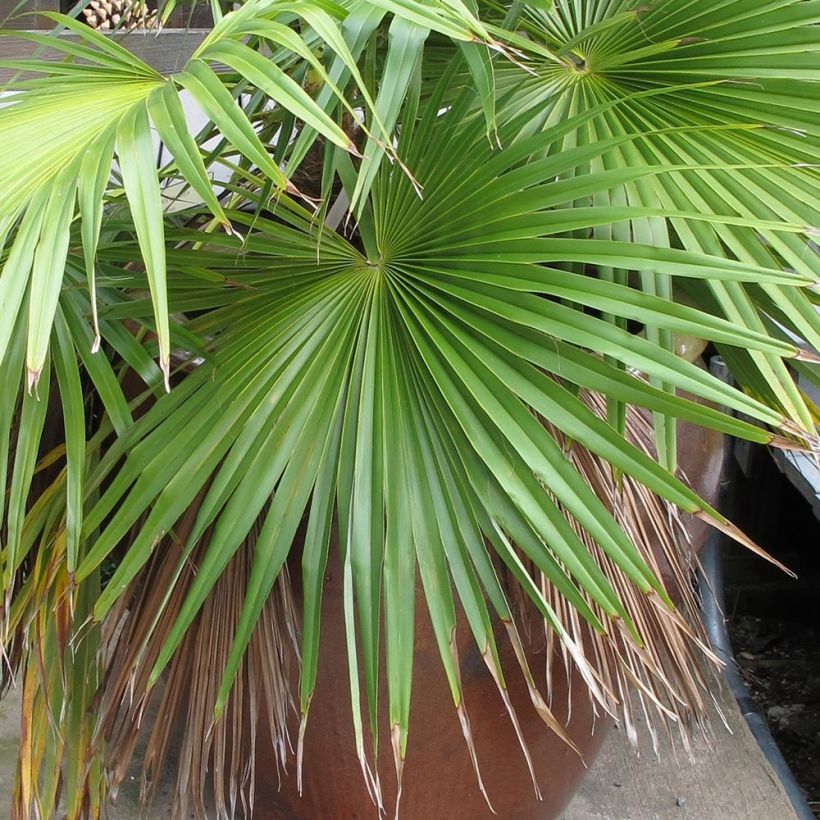

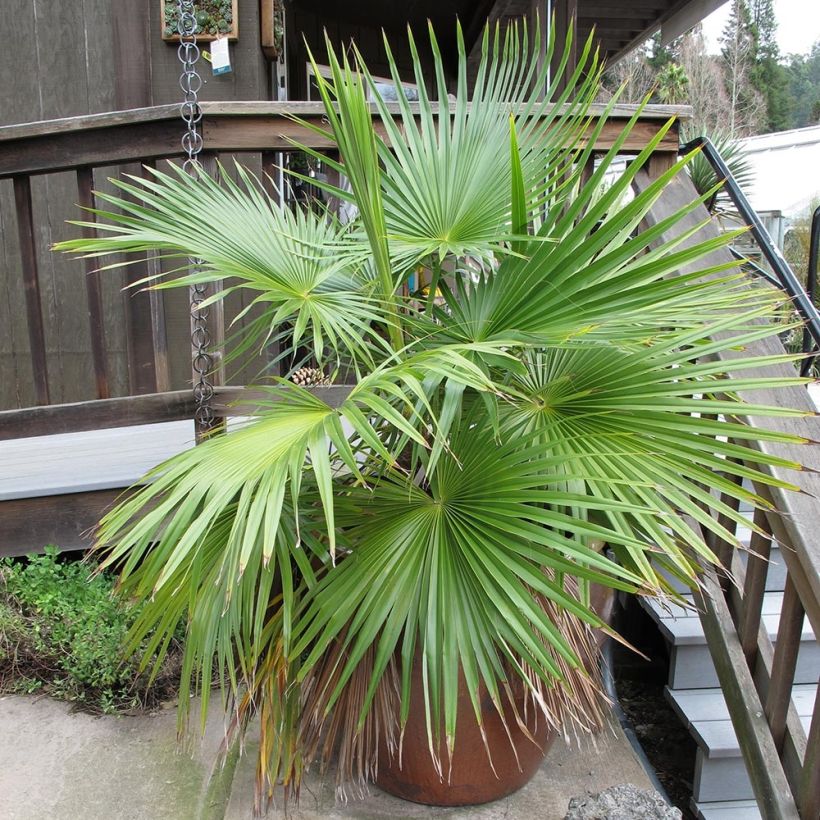

Plant habit
Flowering
Foliage
Botanical data
Brahea
calcarea
Arecaceae
Central America
Planting and care
This palm tree shows a rather slow growth, especially during its young years, then it accelerates, especially if the soil remains slightly cool. It requires sunlight and warmth that will promote faster shoot. Plant Brahea calcarea in open ground in mild climates, or in a very large pot in other regions. Install it in well-worked soil, very well-drained, even poor, limestone and dry in summer. It is indifferent to the nature of the soil, but shows a preference for limestone (or alkaline) soils, even excessively limestone (up to a pH of 9.2), like many palm trees native to arid areas of Mexico. It withstands drought very well once established. The ideal is to plant it in poor soil, which retains little water: a balanced mixture of coarse sand, gravel, compost, and garden soil. Install it in a sunny position and protected from cold and dry winds. Water regularly for the first 3 years, especially if summer is dry. Easy to cultivate, it requires little maintenance except for pruning the oldest leaves close to the stem. An adult and well-established specimen will withstand brief frosts around -8°C (17.6 °F), if temperatures rise during the day and it is planted in well-drained soil.
In the PACA region, where they are often planted, as well as throughout southern France and Spain, these palms are victims of parasites such as the dreaded and widespread Paysandra archon moth, which is active in England. Specific treatments are now available as a preventive measure. The red palm weevil (Rhynchophorus ferrugineus) has been present in our territory since 2006. The symptoms are as follows: cut, dried, or yellowing leaves. These pests attack many palm species, with a fatal outcome: the leaves dry irreversibly and entirely as soon as the heart of the stem hosts larvae.
Planting period
Intended location
Care
Planting & care advice
-
, onOrder confirmed
Reply from on Promesse de fleurs
Haven't found what you were looking for?
Hardiness is the lowest winter temperature a plant can endure without suffering serious damage or even dying. However, hardiness is affected by location (a sheltered area, such as a patio), protection (winter cover) and soil type (hardiness is improved by well-drained soil).

Photo Sharing Terms & Conditions
In order to encourage gardeners to interact and share their experiences, Promesse de fleurs offers various media enabling content to be uploaded onto its Site - in particular via the ‘Photo sharing’ module.
The User agrees to refrain from:
- Posting any content that is illegal, prejudicial, insulting, racist, inciteful to hatred, revisionist, contrary to public decency, that infringes on privacy or on the privacy rights of third parties, in particular the publicity rights of persons and goods, intellectual property rights, or the right to privacy.
- Submitting content on behalf of a third party;
- Impersonate the identity of a third party and/or publish any personal information about a third party;
In general, the User undertakes to refrain from any unethical behaviour.
All Content (in particular text, comments, files, images, photos, videos, creative works, etc.), which may be subject to property or intellectual property rights, image or other private rights, shall remain the property of the User, subject to the limited rights granted by the terms of the licence granted by Promesse de fleurs as stated below. Users are at liberty to publish or not to publish such Content on the Site, notably via the ‘Photo Sharing’ facility, and accept that this Content shall be made public and freely accessible, notably on the Internet.
Users further acknowledge, undertake to have ,and guarantee that they hold all necessary rights and permissions to publish such material on the Site, in particular with regard to the legislation in force pertaining to any privacy, property, intellectual property, image, or contractual rights, or rights of any other nature. By publishing such Content on the Site, Users acknowledge accepting full liability as publishers of the Content within the meaning of the law, and grant Promesse de fleurs, free of charge, an inclusive, worldwide licence for the said Content for the entire duration of its publication, including all reproduction, representation, up/downloading, displaying, performing, transmission, and storage rights.
Users also grant permission for their name to be linked to the Content and accept that this link may not always be made available.
By engaging in posting material, Users consent to their Content becoming automatically accessible on the Internet, in particular on other sites and/or blogs and/or web pages of the Promesse de fleurs site, including in particular social pages and the Promesse de fleurs catalogue.
Users may secure the removal of entrusted content free of charge by issuing a simple request via our contact form.
The flowering period indicated on our website applies to countries and regions located in USDA zone 8 (France, the United Kingdom, Ireland, the Netherlands, etc.)
It will vary according to where you live:
- In zones 9 to 10 (Italy, Spain, Greece, etc.), flowering will occur about 2 to 4 weeks earlier.
- In zones 6 to 7 (Germany, Poland, Slovenia, and lower mountainous regions), flowering will be delayed by 2 to 3 weeks.
- In zone 5 (Central Europe, Scandinavia), blooming will be delayed by 3 to 5 weeks.
In temperate climates, pruning of spring-flowering shrubs (forsythia, spireas, etc.) should be done just after flowering.
Pruning of summer-flowering shrubs (Indian Lilac, Perovskia, etc.) can be done in winter or spring.
In cold regions as well as with frost-sensitive plants, avoid pruning too early when severe frosts may still occur.
The planting period indicated on our website applies to countries and regions located in USDA zone 8 (France, United Kingdom, Ireland, Netherlands).
It will vary according to where you live:
- In Mediterranean zones (Marseille, Madrid, Milan, etc.), autumn and winter are the best planting periods.
- In continental zones (Strasbourg, Munich, Vienna, etc.), delay planting by 2 to 3 weeks in spring and bring it forward by 2 to 4 weeks in autumn.
- In mountainous regions (the Alps, Pyrenees, Carpathians, etc.), it is best to plant in late spring (May-June) or late summer (August-September).
The harvesting period indicated on our website applies to countries and regions in USDA zone 8 (France, England, Ireland, the Netherlands).
In colder areas (Scandinavia, Poland, Austria...) fruit and vegetable harvests are likely to be delayed by 3-4 weeks.
In warmer areas (Italy, Spain, Greece, etc.), harvesting will probably take place earlier, depending on weather conditions.
The sowing periods indicated on our website apply to countries and regions within USDA Zone 8 (France, UK, Ireland, Netherlands).
In colder areas (Scandinavia, Poland, Austria...), delay any outdoor sowing by 3-4 weeks, or sow under glass.
In warmer climes (Italy, Spain, Greece, etc.), bring outdoor sowing forward by a few weeks.






























